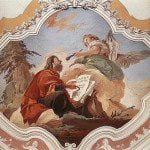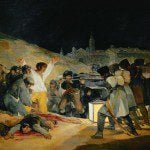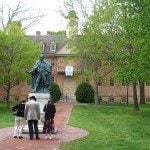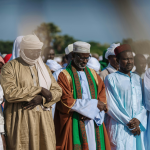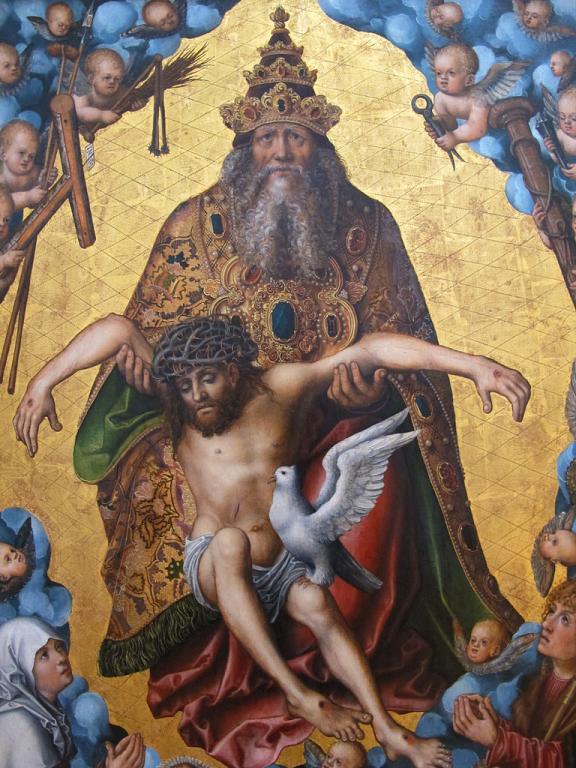
All three members of the Trinity are visually represented in this painting — the Holy Spirit by a dove — in a relatively common artistic theme during the period. (Wikimedia CC image by Sailko)
Today’s reading, Mosiah 15, forthrightly declares that “God himself shall come down among the children of men, and shall redeem his people” (15:1).
Verses 2-5, however, have caused some perplexity. They seem unclear, and not a a few readers (mostly critics) have felt that they’re inconsistent with modern Mormon “tritheism” and even with mainstream Trinitarianism. That, in fact, they teach a view of the Godhead that is often called “modalism.”
I won’t attempt to deal with this question here. But I suggest a resource:
Ari D. Bruening and David L. Paulsen, “The Development of the Mormon Understanding of God: Early Mormon Modalism and Early Myths,” from the execrable and mercifully extinct FARMS Review of Books 13/2 (2001), which, I’m reliably informed, published nothing under my nearly quarter-century of editorship but hateful character assassination, ad hominem viciousness, and slander:
And I also suggest the hypothetical possibility that an ancient prophet whose divine calling it was to call his audience to repentance and to a return to the God of Israel needn’t necessarily have had a perfect and perfectly detailed knowledge of the internal nature of the Godhead — or, at least, that he needn’t have expressed it in terms identical to those we use in the Church today.
Just a thought.
But please see the argument of Bruening and Paulsen, which seeks to show that the Book of Mormon isn’t, in fact, guilty of modalism.
And, on another topic, don’t fail to note the straightforward declaration of 15:25 that “little children . . . have eternal life.” We normally think of this as a teaching of the prophet Mormon. But here it is already, in Mosiah.



